Honda CBR600RR long-term test: 'If you’re thinking of buying one, then do it...'
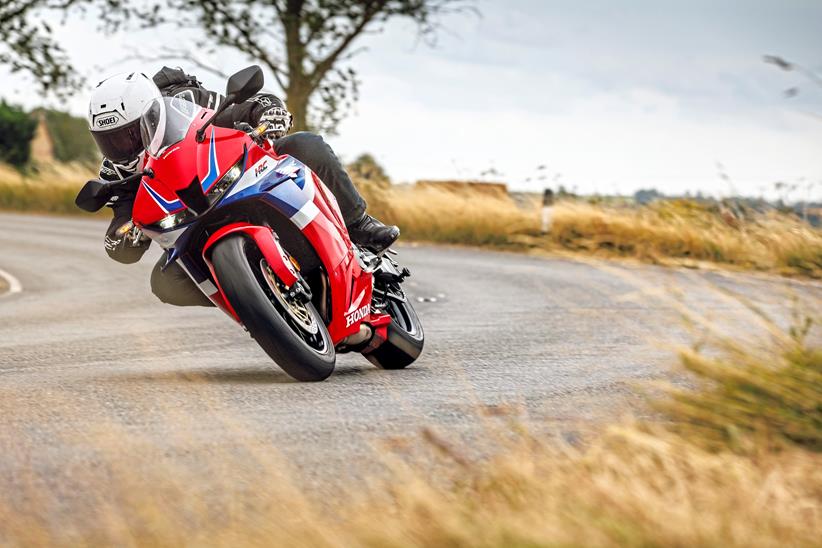
The return of the Honda CBR600RR is one of the best things to happen to UK motorcycling in recent years. Not only did it mark the return of a legendary name, but it also showed that the world wasn’t quite finished with head-banging screamers.
Read more
- Update one: First impressions and a trip to the TT
- Update two: The hits and misses of the Honda CBR600RR after 1675 miles
- Update three: Hitting a Cadwell Park trackday on the CBR
- Update four: Pros and cons of the CBR
- Update five: Taking my mum for a supersport pillion ride
- Update six: Riding a supersport through winter
- Update seven: Oil check annoyance is very un-Honda
After leaving Blighty in 2017, never in a million years did I think it would come back for 2024, but it did – wearing a new pair of winglets, more advanced electronics, aggressive bodywork, and a HRC-inspired paintjob that turns heads wherever you park it.
Early impressions
I write about an awful lot of new bikes in my job, but the CBR announcement instantly captured my imagination. As soon as the press release came across my desk, I pinged a note to the then Editor pleading to run one as a longterm test bike.
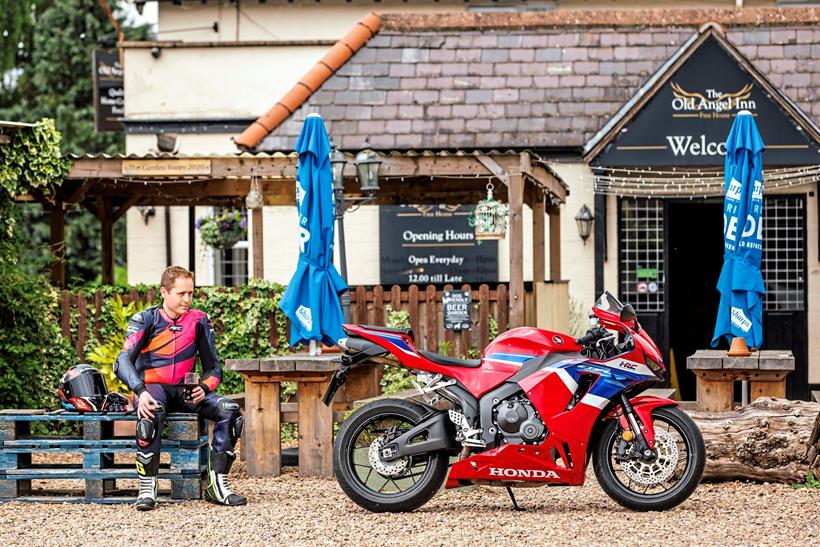
Luckily, my prayers were answered (thanks Rich!) and our first journey together was a 200-mile motorway run to Heysham to catch the ferry to the Isle of Man TT.
Although not the ideal journey for a sportsbike, it performed surprisingly well – returning a tested 54.8mpg across 120 miles between fill ups.
With a wide 18-litre tank, and splayed bars, it was surprisingly comfortable for my 5ft6in frame, but I was still keen to get off and rest my bum after that distance.
Range unclear
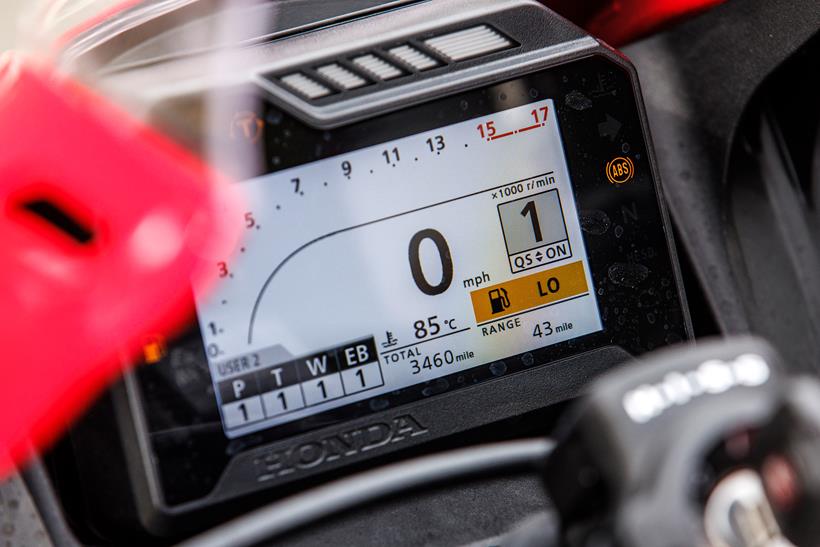
It was during this trip that I discovered there is no fuel gauge on the bike – a terrible oversight that I still can’t get my head around almost a year later. Not only is there plenty of space for it on the full colour TFT dash, but a range indicator does actually appear when you get to the fuel light, meaning it has the capability to do it, too!
The dash is also light sensitive and is a nicely laid out unit that’s easy to read at a glance. Modes are easy to cycle through too, and I ended up opting for the highest power mode with the lowest engine braking control in almost any road condition.
Heat management
With the first service out the way, and the weather hotting up, my appetite for revving the absolute pants off it also increased.
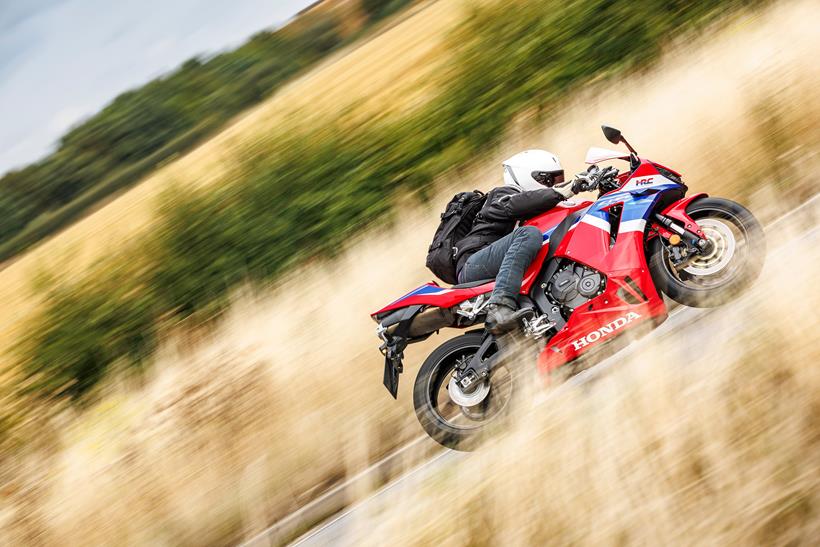
The CBR makes its peak power of 119bhp at 14,250rpm and once you climb past 7000rpm the whole thing comes alive – clearing its throat to let out a full-on race inspired scream between shifts.
Given a little more time, I’d have invested in a bigger rear sprocket to liven things up a little lower down in the rev range, too.
Unfortunately, for all the good noise, the underseat exhaust gets incredibly hot in summer riding conditions. It’s fine on the move, but once in traffic it becomes uncomfortably warm on the back of your legs and under your backside. A full system may have cured this by removing some of the catalysers, but it was already loud enough for me.
Cadwell beckons
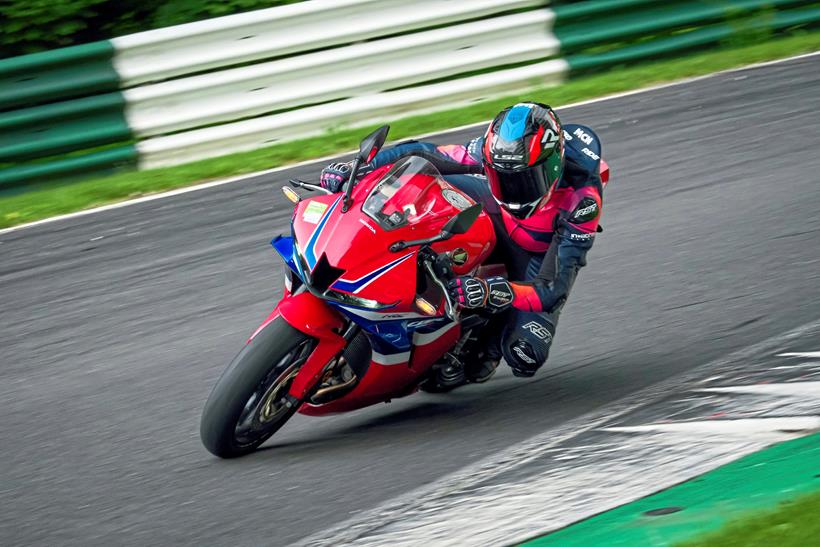
I’d promised myself that I was going to do loads of trackdays on the 600RR, but life has a habit of getting in the way of these things.
In the end, I was only able to book onto one day session at Cadwell Park – allowing me to let it off its leash and find out if it was still as thrilling as the last CBR I rode at Donington Park in 2017.
Now equipped with a set of Continental Conti Race Attack 2 Street tyres, the RR encouraged you to hold onto revs longer and shift down more aggressively – with the standard firm but fair suspension components providing composure on Cadwell’s challenging undulations.
Winter takes hold

As the colder weather drew in, I continued to use the RR as a daily commuting companion – enjoying the narrow dimensions to chop through clogged-up congestion on a near daily basis.
Things were going swimmingly up until early November, when the first of the winter salt was spread. Unfortunately, no matter what I did, I was unable to fully fend off the corrosion, with furring appearing on components surrounding the front brake calipers – including around the ABS sensor. Invest in some protectant, and use it generously, if you’re going to run yours all year round.
Despite this, and the fact that it made my legs incredibly hot, I loved my time with the Honda, and I’m deeply saddened that it’s not with me anymore. If you’re thinking of buying one then do it. You won’t be disappointed.






